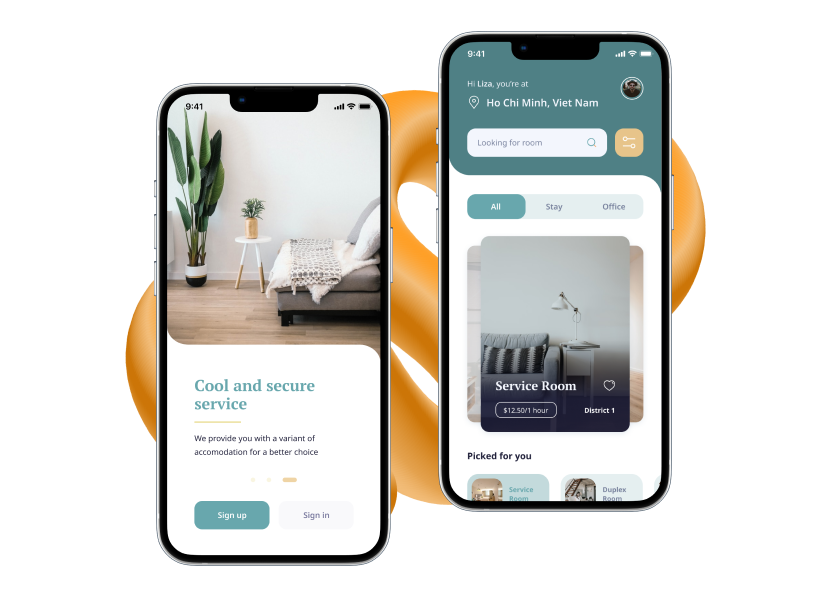
The design process commenced with a thorough research and discovery phase. We engaged in in-depth discussions with the client to fully comprehend his vision and specific requirements for the project. This phase also involved comprehensive competitor research within the ticket-selling industry. Such research allowed us to identify best practices in the sphere and potential areas for differentiation. Additionally, we conducted a user analysis to understand the needs and expectations of event organizers who would be using the CRM platform.

Following the research and discovery phase, we transitioned into the wireframing stage. Here, we focused on crafting a user-centric experience by meticulously outlining the core functionalities and information architecture of the admin panel and CRM features. These wireframes served as a blueprint, visually representing the user journeys and interactions within the platform.

With the core functionalities established through wireframing, we proceeded to the user interface design phase. This stage involved the meticulous translation of the UX concepts established in the wireframes into visually appealing and intuitive user interfaces. We prioritized clarity, consistency, and aesthetics to ensure an efficient and user-friendly experience for CRM software administrators.

With the UI design finalized, we shifted our focus to ensuring adaptive design and responsiveness. We carefully optimized the CRM software's UI to flawlessly display and function across a diverse range of devices, including desktops, tablets, and mobile phones. This guaranteed a seamless user experience regardless of the device employed to access the CRM system.

To solidify the design direction and gather valuable client feedback, we develop a clickable prototype. This interactive prototype allows the client to experience the CRM software firsthand, test functionalities, and provide feedback before development commences. This collaborative approach mitigates the risk of development roadblocks and ensures the final product aligns perfectly with the client's vision and user needs.









